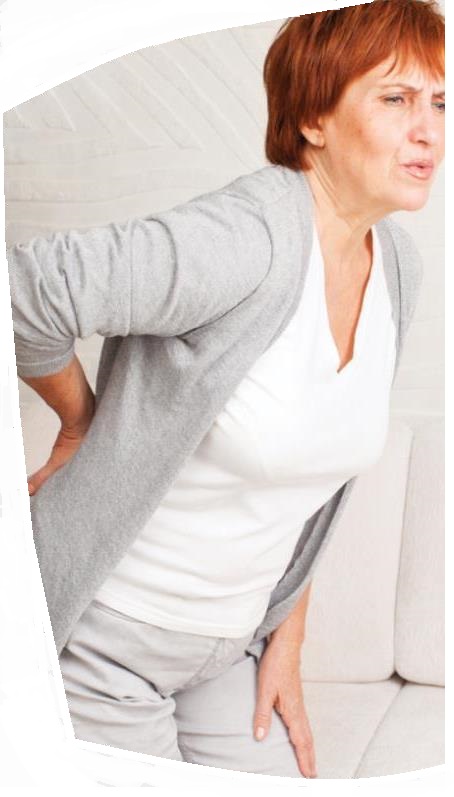At Melbourne Osteohealth we see lots of people with mid-back pain; you know that pain felt in the area between the base of the neck and the waist, often right in between the shoulder blades? Typically this is an area prone to dull, achy pain but depending on the cause, it can at times be sharp enough to take your breath away!
The middle back or thoracic spine is composed of 12 vertebrae and is naturally strong and stable due to it’ s connections to the rib cage. The elastic rib cage cartilages, which are found between each bone, serve as shock absorbers and there are also many muscles and tendons that aide stability in the mid-back.
There are many different problems that can trigger or contribute to mid-back pain and we see it in office workers, gym goers and tradies alike.
 Causes of pain in the middle back can include:
Causes of pain in the middle back can include:
- Poor posture and work station set-up
- Emotional stress and fatigue
- Improper lifting technique
- Accidental trauma or injury
- Standing for hours on end
- Aging and normal age-related change
- Sleeping uncomfortably
- Muscle strains or rib sprains
- Overexertion particularly if you’re still
- Tightening of the diaphragm
- Coughing with colds or asthma
If you suffer from back pain give us a call, our Osteopaths will take a thorough history and conduct an in-depth physical examination. This will allow your Osteopath to develop an individually tailored plan to address any underlying or confounding problems. Upon examination it is very common to find a lower back problem, or in some cases, a lower neck problem that has helped caused the mid back pain.
Conservative treatments our Osteopaths may use include:
Mobilisation and manipulation to help relieve pain and improve movement and function.
Massage to help reduce muscle tension and pain and improve blood flow.
Hot and cold packs to reduce pain and stiffness.
Patient education on correct posture, desk and workplace ergonomics.
Exercise prescription to stretch and strengthen the muscles of your back, shoulders, and stomach to help increase your flexibility, strength, and balance.
Your Osteopath may teach you an exercise program so you can do it at home.
Rehabilitation is very important to help limit the likelihood of pain becoming chronic.
Most patients find relief from their back pain after a few visits though some with longer-term issues or postural change benefit from maintaining regular Osteopathic care to keep their body in optimum condition.



